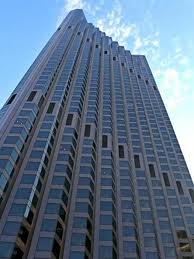Buildings account for nearly half of US energy consumption, consume 3/4 of the electricity and, excluding residential, are responsible for more than 45 percent of carbon emissions. The EPA suggests that some 30% of this energy is wasted.
New research from the Rockefeller Foundation and Deutsche Bank reveals that such inefficiency creates a mammoth investment opportunity -- $279bn investment is needed, and the payback in energy efficiency could yield more than $1 trillion in cost savings over the next decade. Such a surge of activity stands to employ millions of workers, substantially reduce carbon emissions and provide investors with a handsome return on investment.
These are not the first reports to highlight the financial impact of efficiency upgrades. And real life examples, such as the retrofit of the Empire State Building, attest to the rewards of such investments. The building owners claim a more than 30% return on those investments.
Despite the attraction of implementing large scale efficiency projects, a lack of financing often complicates or derails such plans. Several new financing structures stand to improve the uptake of these projects, utilizing utilities, private finance and even local tax authorities to provide capital and ensure payment.
Among the most important findings of this research is the potential for job creation. Retrofit projects are labor intensive. More than 3 million job years are required to meet the requirements of these projects. (One job year = one person employed for a full year.) The machinery and materials to implement these improvements are equal in value to the labor employed -- or about $130bn.
Sustainable investors such as Boardwalk Capital explicitly look for companies who are making such investments -- raising profitability, and improving their earnings stability. These are competitive advantages that investors pay for in a higher market valuation.
Read more at greenbiz.com

No comments:
Post a Comment